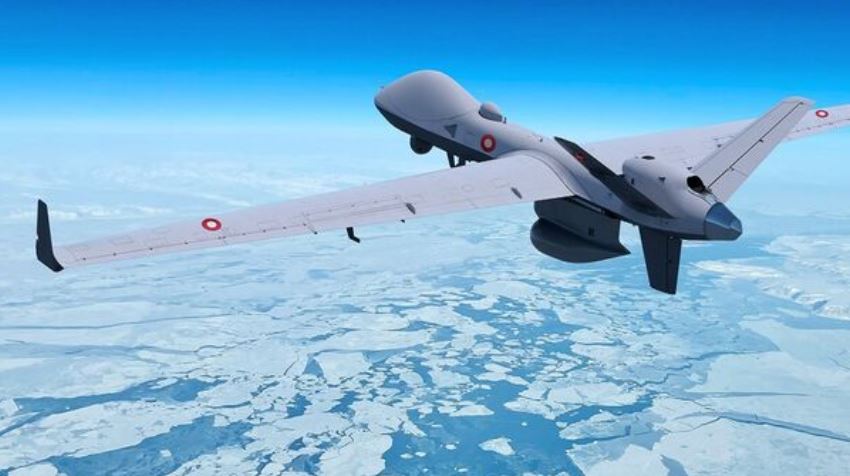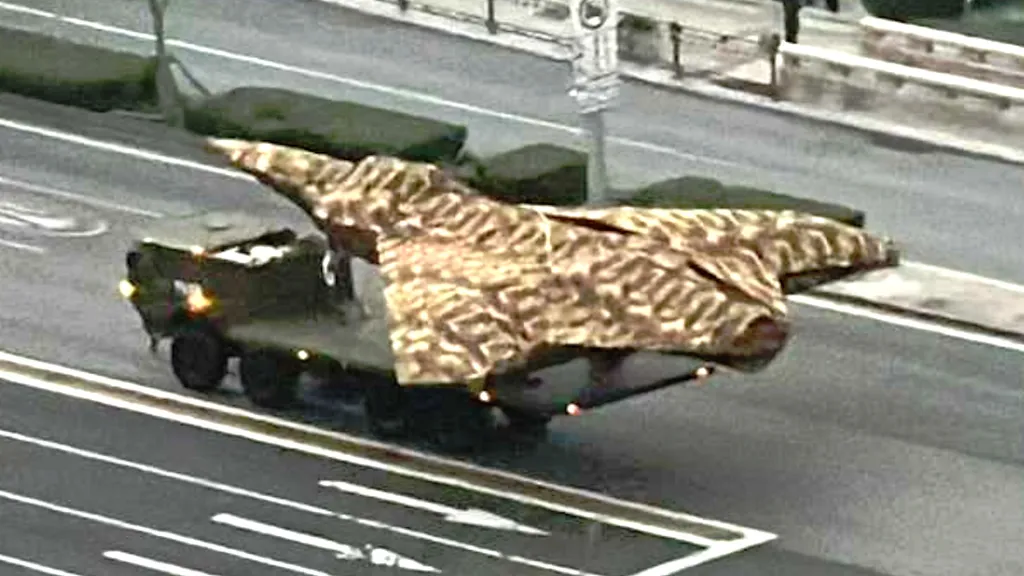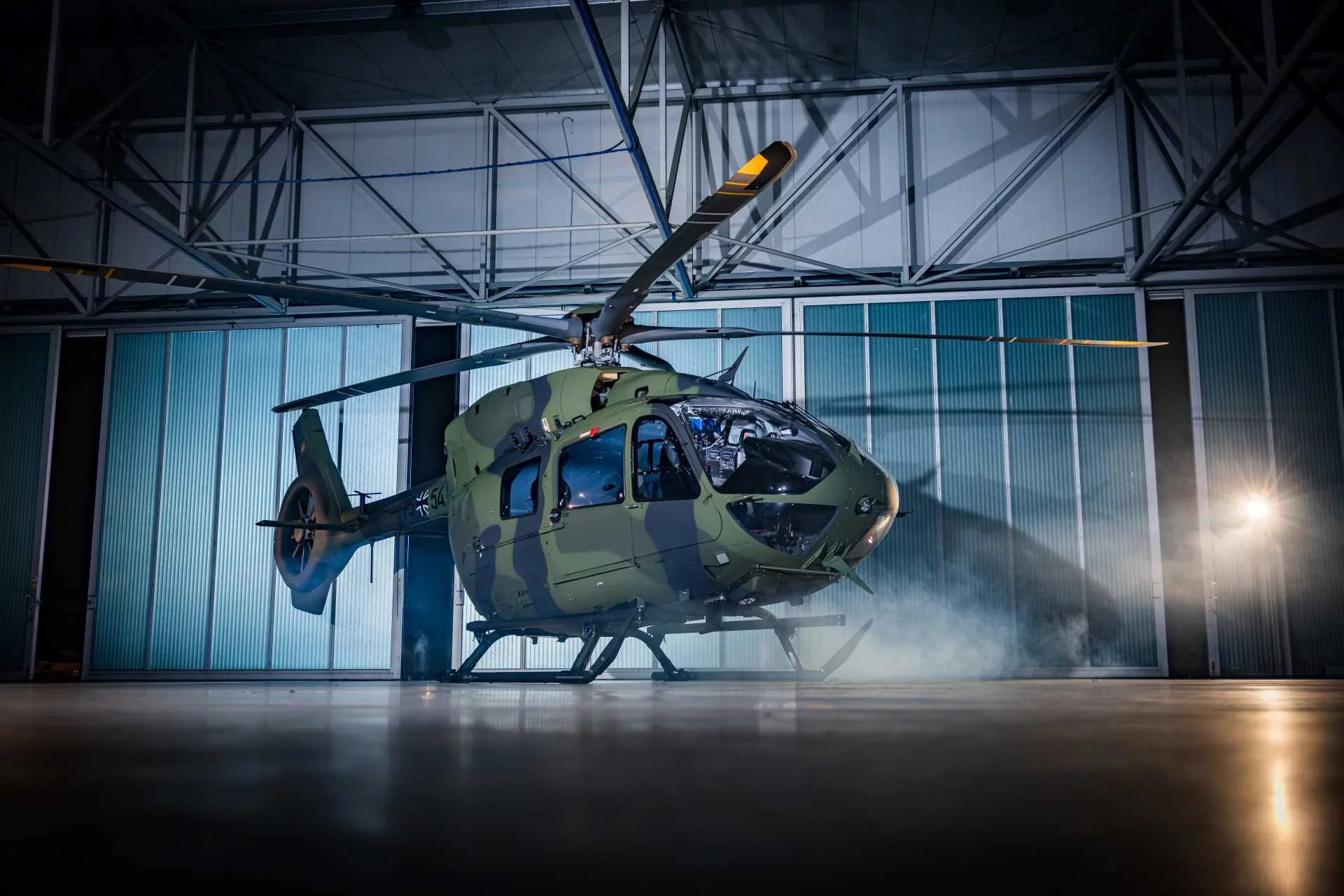On July 22, 2025, Denmark took a significant step in strengthening its defense capabilities and NATO’s regional security framework by signing a contract with General Atomics Aeronautical Systems, Inc. (GA-ASI) for the procurement of four MQ-9B SkyGuardian/SeaGuardian unmanned aircraft systems (UAS). This landmark acquisition, announced by the Danish Ministry of Defence (MoD), is set to enhance Denmark’s intelligence, surveillance, and reconnaissance (ISR) capabilities across the Baltic Sea, the Arctic, and the North Atlantic. The deal includes four air vehicles, three ground control stations, training, maintenance, and related equipment, with deliveries scheduled between 2028 and 2029. While the financial details of the contract remain undisclosed, the strategic implications of this move are profound, positioning Denmark as a key contributor to NATO’s monitoring efforts in geopolitically sensitive regions.
The MQ-9B SkyGuardian/SeaGuardian, a high-altitude, long-endurance (HALE) remotely piloted aircraft system, is designed to provide advanced ISR capabilities, enabling real-time data collection and sharing with NATO allies. Colonel Klaus Qvist, chief of the Air Force Division at the MoD’s Materiel and Procurement Agency (FMI), described the acquisition as a “gamechanger for Danish defence,” emphasizing its role in enhancing monitoring, rapid response, and information-sharing with NATO partners. The drones’ advanced sensors, including electro-optic/infrared (EO/IR) video systems, 360-degree maritime radar, and signals intelligence (SIGINT) capabilities, make them ideal for monitoring vast and challenging areas like the Arctic and North Atlantic, where environmental conditions and geopolitical tensions demand robust surveillance. Additionally, the SeaGuardian variant’s ability to perform anti-submarine warfare (ASW) missions, including sonobuoy deployment and monitoring, complements Denmark’s existing fleet and strengthens its maritime security posture.
Danish Minister of Defence Troels Lund Poulsen highlighted the broader strategic context of the acquisition, noting that it reflects Denmark’s commitment to taking on greater responsibility within NATO amid an evolving security landscape. “The security policy situation is constantly evolving, and therefore it is important that Europe can and wants to do more on its own,” Poulsen stated. “With the purchase of four long-range drones, which will increase surveillance of the Arctic and the North Atlantic, among other things, we are strengthening both Danish and European security.” This move aligns with NATO’s broader push for enhanced military mobility and interoperability, as evidenced by Denmark’s recent participation in the European Union’s Permanent Structured Cooperation (PESCO) military mobility project. The MQ-9B’s integration into Denmark’s defense architecture is expected to bolster NATO’s situational awareness in regions critical to collective defense, particularly in light of increasing Russian and Chinese activities in the Arctic and Baltic areas.
The MQ-9B SkyGuardian/SeaGuardian is a versatile platform, boasting a wingspan of 24 meters and a length of nearly 12 meters. Its endurance, exceeding 40 hours, allows for extended missions over vast distances, making it well-suited for monitoring remote regions like the Arctic, where traditional manned aircraft face logistical challenges. Equipped with advanced sensors, the MQ-9B can collect high-resolution imagery, track maritime and airborne targets, and relay real-time data to ground stations or allied forces. Its maritime radar provides comprehensive coverage, while its SIGINT capabilities enable the interception and analysis of electronic communications, enhancing Denmark’s ability to detect and respond to potential threats. The SeaGuardian variant’s ASW capabilities further expand its utility, allowing Denmark to augment its maritime patrol aircraft, such as the Boeing P-8A Poseidon, in countering submarine threats in the North Atlantic and Baltic Sea.
This acquisition builds on Denmark’s ongoing efforts to modernize its defense capabilities in response to regional security challenges. The Baltic Sea has become a focal point of NATO’s strategic planning due to heightened tensions with Russia, particularly following increased military activities in the region. The Arctic, too, has emerged as a critical theater, with growing competition for resources and strategic influence among global powers. The MQ-9B’s ability to operate in harsh environmental conditions, coupled with its long-range and multi-mission capabilities, positions Denmark to play a pivotal role in monitoring these contested areas. The drones will also support Denmark’s contributions to NATO’s collective defense, including joint operations and intelligence-sharing with allies like the United Kingdom, which operates the MQ-9B Protector variant and hosts a NATO-qualified training center at RAF Waddington.
The procurement process, managed through the NATO Support and Procurement Agency (NSPA), underscores Denmark’s commitment to interoperability with allied forces. The inclusion of three ground control stations ensures robust command-and-control capabilities, allowing operators to manage multiple drones simultaneously. The training and maintenance packages included in the deal will enable the Royal Danish Air Force to develop the expertise needed to operate and sustain the MQ-9B fleet effectively. This acquisition follows a trend of increasing adoption of the MQ-9B across NATO member states, with countries like the United Kingdom, Belgium, and Norway also investing in or evaluating the platform. Posts on X have noted that Denmark’s decision may give the MQ-9B an edge in Norway’s ongoing evaluation of HALE UAS options, which includes the Northrop Grumman MQ-4C Triton, due to its interoperability advantages and established training infrastructure within NATO.
The MQ-9B’s operational flexibility extends beyond traditional ISR and ASW roles. General Atomics has recently partnered with Saab to integrate airborne early warning and control (AEW&C) capabilities into the MQ-9B platform, further enhancing its utility for Denmark. This collaboration, announced in June 2025, aims to equip the drones with advanced radar and sensor suites, enabling them to serve as airborne command-and-control nodes for joint operations. Such capabilities could prove invaluable in coordinating NATO responses to emerging threats in the Baltic and Arctic regions, where real-time situational awareness is critical. Additionally, GA-ASI’s ongoing development of a self-protection pod for the MQ-9 series enhances the platform’s survivability in contested environments, addressing concerns about operating in areas with advanced air defenses.
Denmark’s acquisition of the MQ-9B also has implications for its domestic defense industry and workforce. The maintenance, repair, and overhaul (MRO) services included in the contract will create opportunities for Danish companies to develop expertise in supporting advanced UAS platforms. This aligns with broader NATO objectives to strengthen member states’ defense-industrial bases, reducing reliance on external suppliers and fostering technological innovation. The MQ-9B’s integration into Denmark’s armed forces is expected to generate long-term benefits, including job creation and the development of specialized skills in unmanned systems operations and maintenance.
In a global context, Denmark’s investment in the MQ-9B reflects a broader trend of nations adopting advanced UAS to address evolving security challenges. India, for instance, signed a contract in October 2024 to procure 31 MQ-9B systems for its armed forces, with 15 SeaGuardians for the Indian Navy and 16 SkyGuardians split between the Indian Army and Air Force. Similarly, France has begun arming its MQ-9 Reaper Block 5 drones, and the United States continues to develop new payloads for small UAS, including command-and-control and electronic warfare capabilities. These developments highlight the growing importance of unmanned systems in modern warfare, offering cost-effective and versatile solutions for intelligence gathering, surveillance, and targeted operations.
The MQ-9B’s acquisition by Denmark is particularly timely given the strategic importance of the Arctic and North Atlantic. The Arctic has become a theater of increasing competition, with Russia expanding its military presence and China seeking to establish a foothold through infrastructure investments. The Baltic Sea, meanwhile, remains a hotspot for NATO-Russia tensions, with frequent military exercises and incidents involving airspace and maritime boundaries. The MQ-9B’s ability to provide persistent surveillance and real-time intelligence will enhance Denmark’s ability to monitor these regions, deter potential aggressors, and contribute to NATO’s collective security.
Looking ahead, Denmark plans to integrate the MQ-9B into its broader defense strategy, leveraging its capabilities to support both national and NATO objectives. Future exercises and joint operations with allies will likely test the drones’ interoperability and effectiveness in real-world scenarios. The Royal Danish Air Force will also focus on training operators and developing tactics, techniques, and procedures to maximize the platform’s potential. As Denmark prepares for the delivery of the MQ-9B systems in 2028 and 2029, the acquisition marks a significant step toward modernizing its defense capabilities and reinforcing its role as a key NATO partner in a dynamic and challenging security environment.




